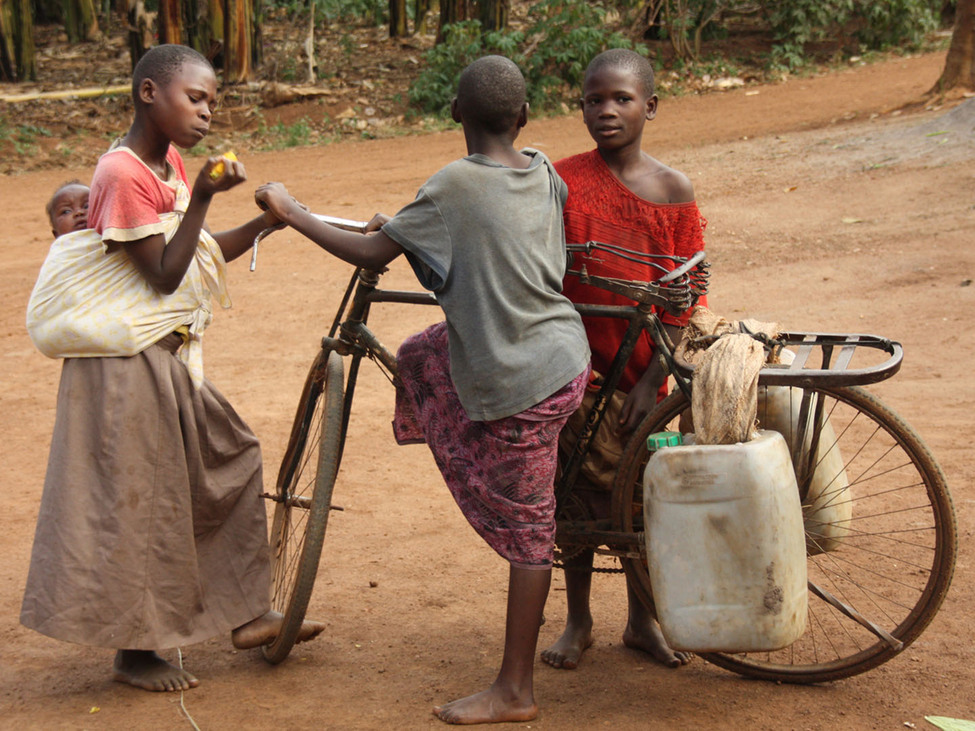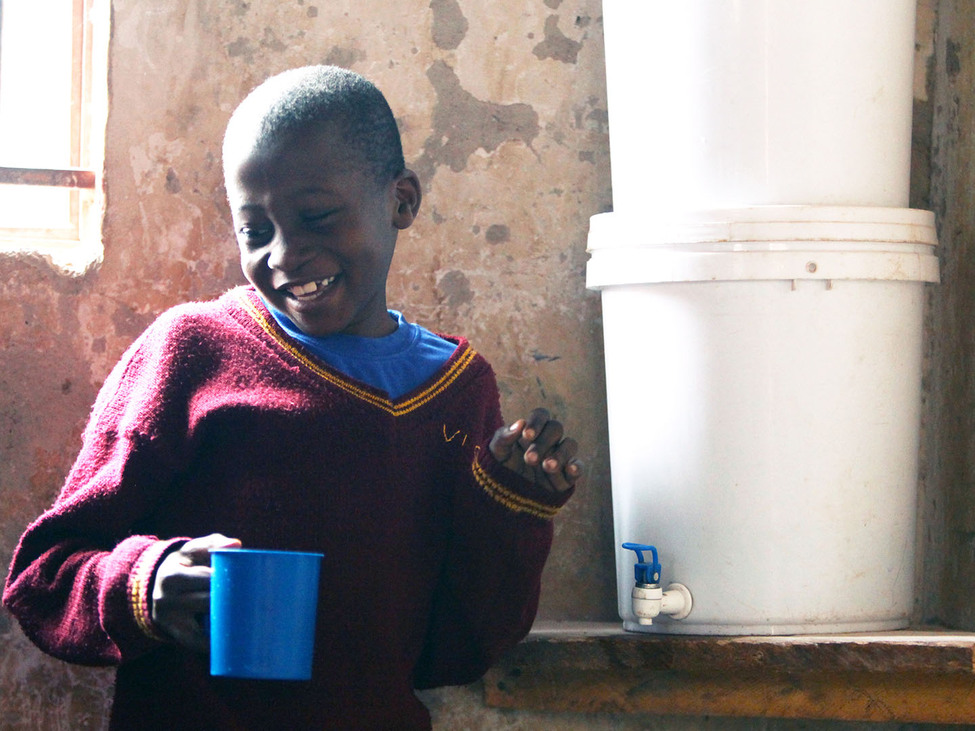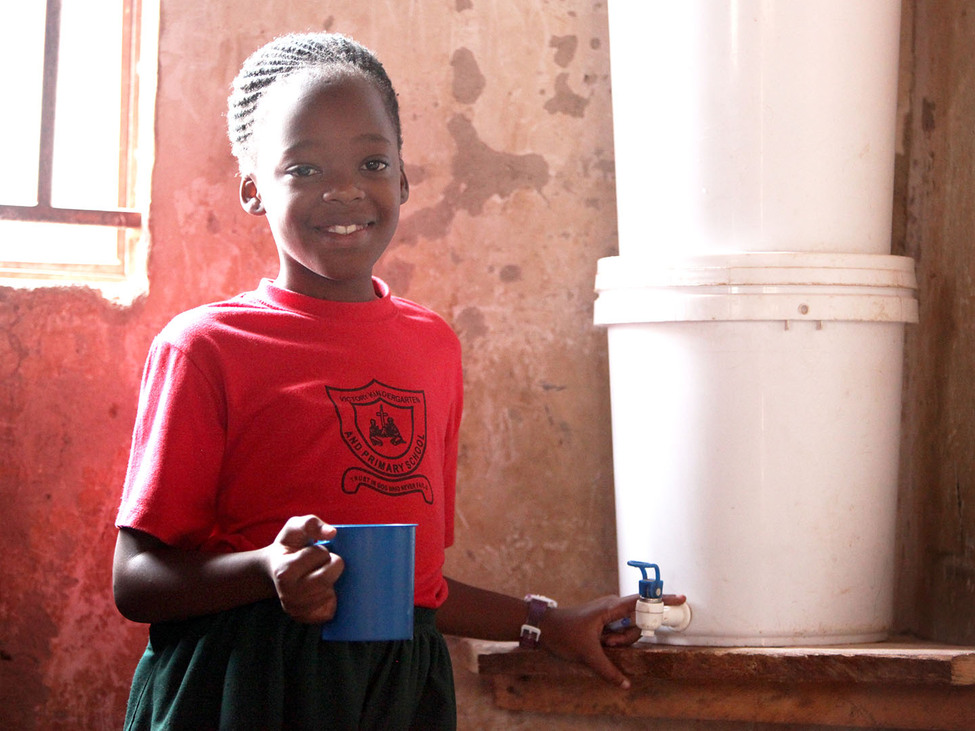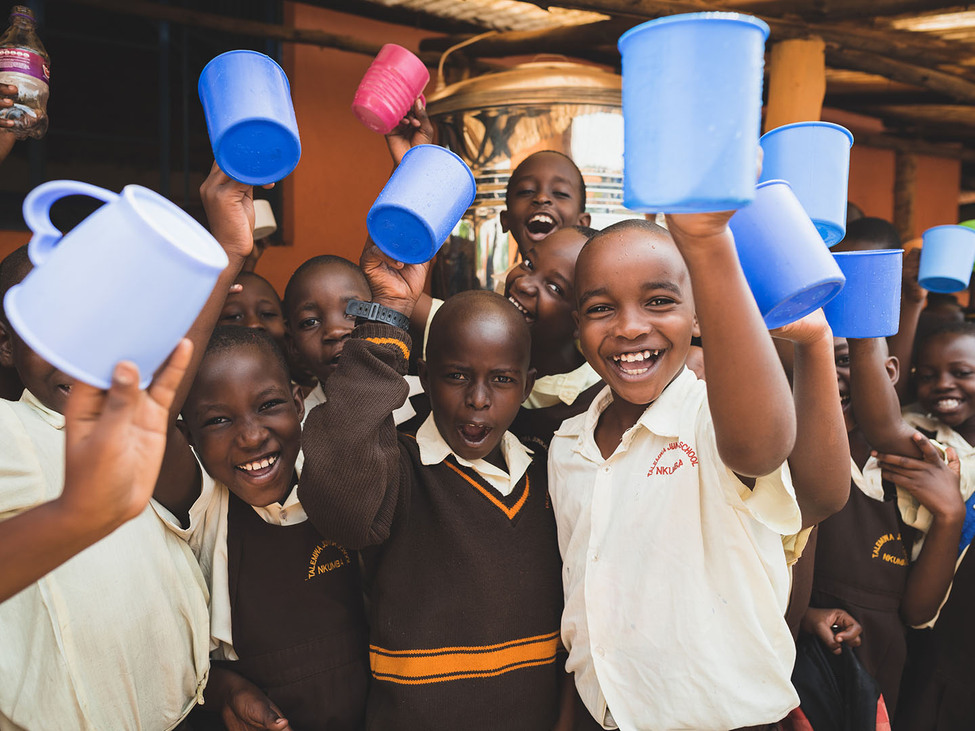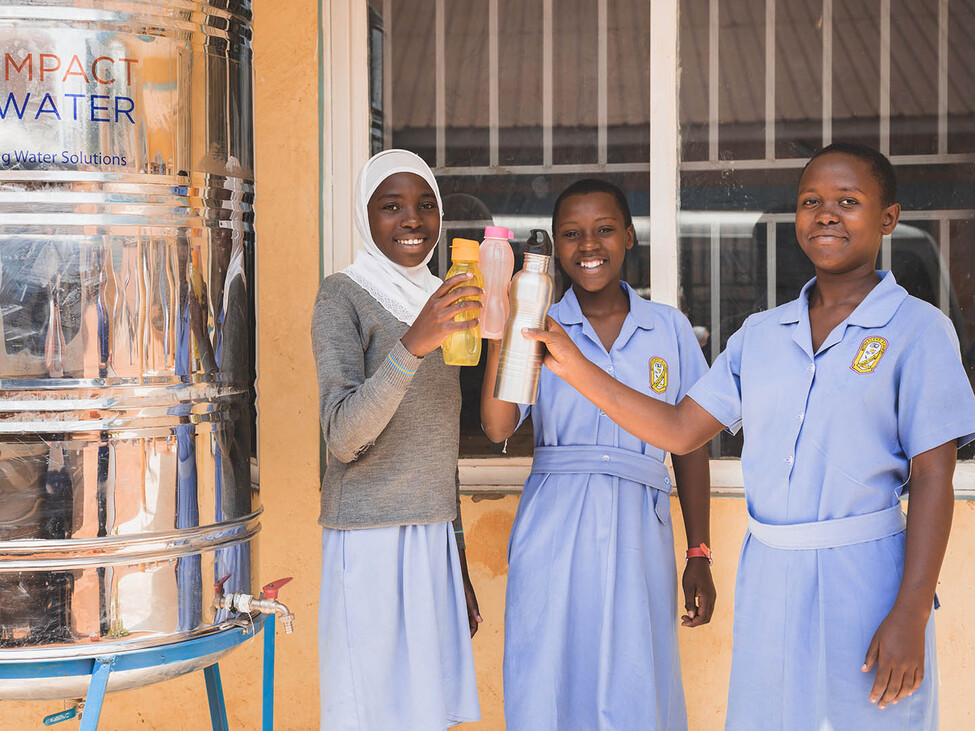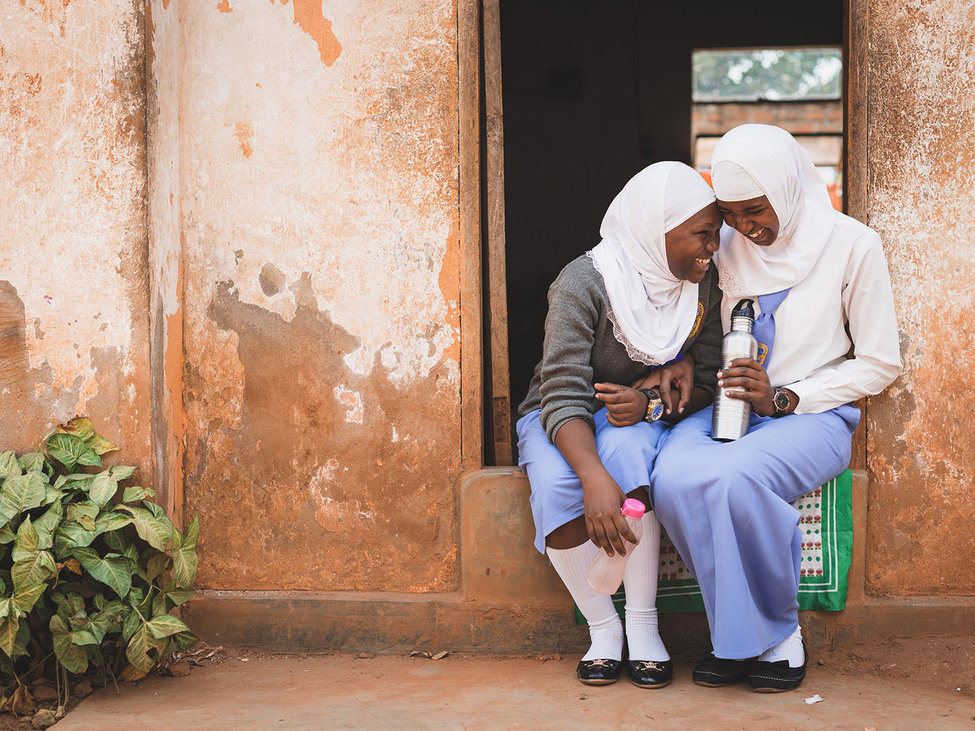Project facts
Project type: Water, sanitation and hygiene
Project location: Uganda
Project standard: Gold Standard VER
Annual emission reduction: 61.399 t
Project start: February 2013
The primary objective of the programme is to disseminate water purification systems to low-income households and institutions such as schools, starting in Uganda. Carbon finance is used to give households access to the clean water technologies thereby improving the livelihoods and health conditions of thousands of people and at the same time reducing CO₂ emissions by reducing the consumption of non-renewable firewood and charcoal.
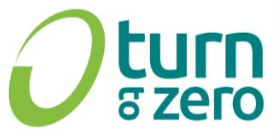
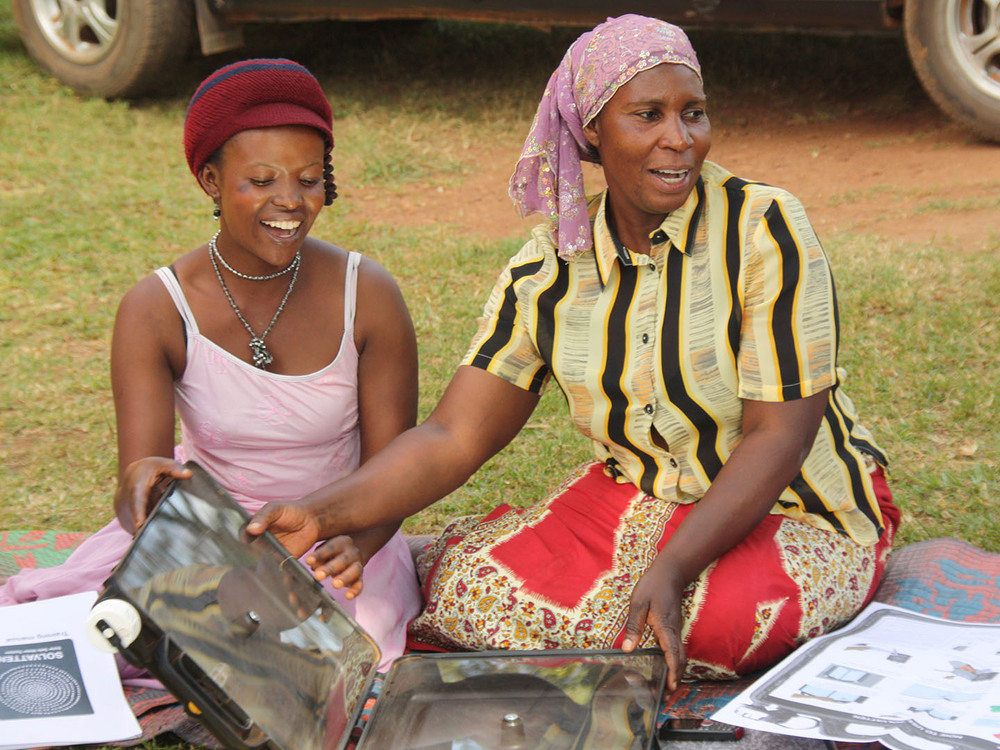
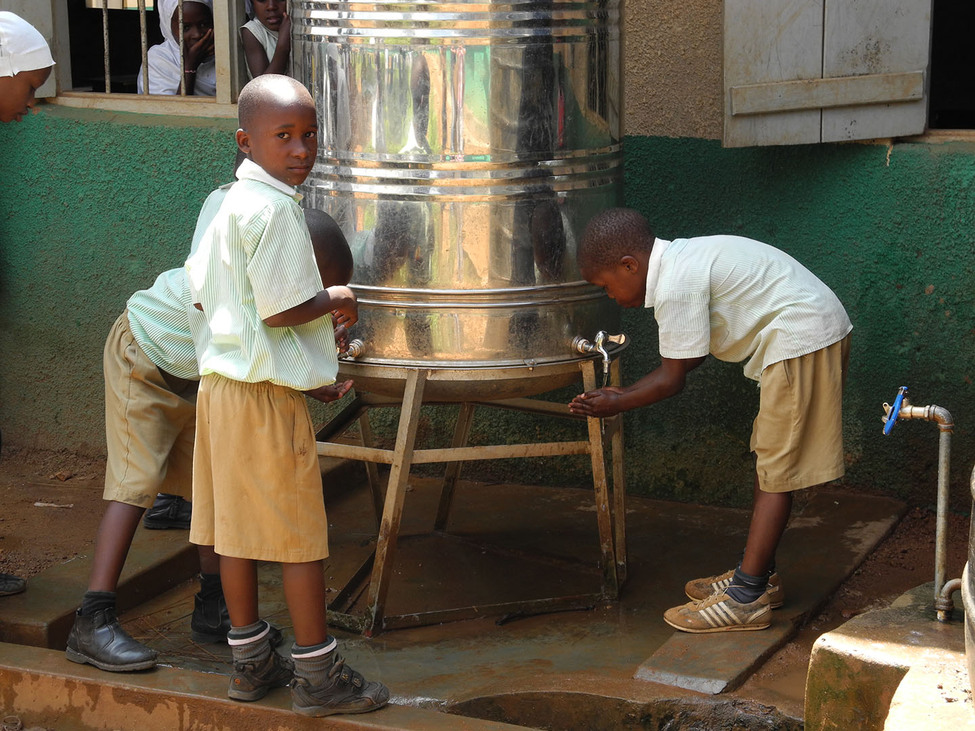
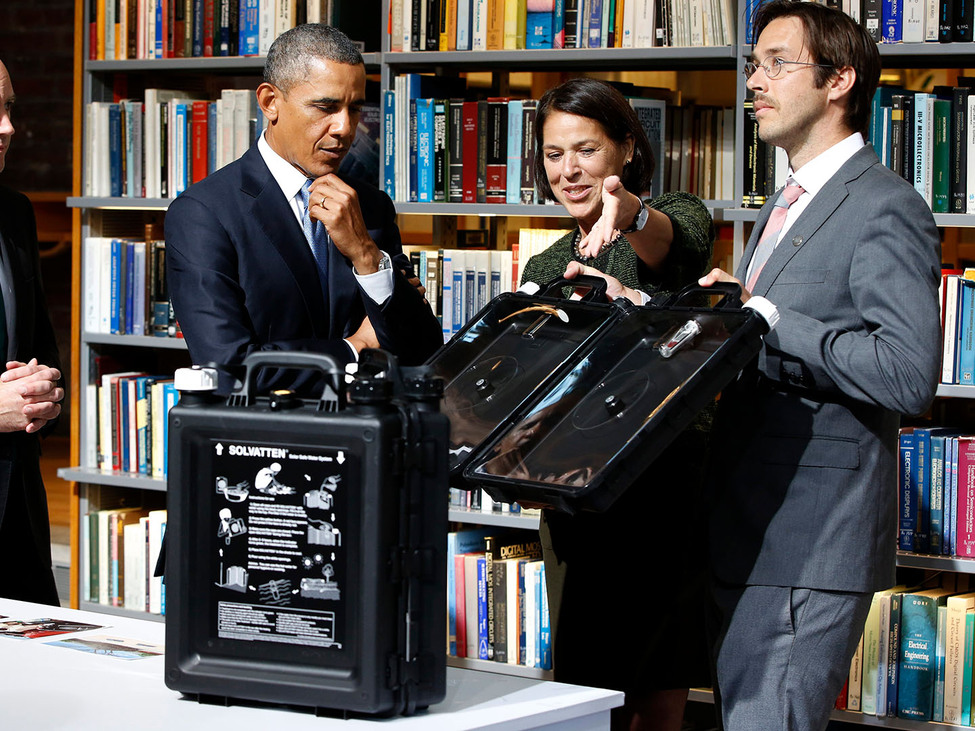
_rdax_975x731s.jpg)
